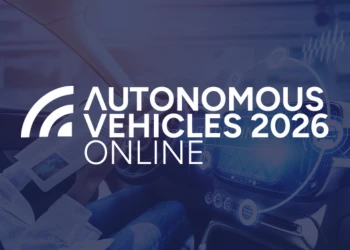Top Five Global EV Platforms
Economies of scale make EVs more affordable, hence why many are investing in global EV platforms
Add bookmark



March 18 - 19, 2026
Sheraton Ann Arbor Hotel, Ann Arbor, Michigan




Insights from the world’s foremost thought leaders delivered to your inbox.
2026-02-11
03:00 PM - 04:00 PM CET
Explore the future of automotive system-level V&V by learning how to effectively scale and integrate...
2025-05-28
03:00 PM - 04:00 PM CET
Discover the challenges, opportunities, and best practices for implementing Virtual ECUs in modern a...
2025-05-07
03:00 PM - 04:00 PM CET
For the automotive industry, quality isn’t just a customer expectation—it’s a differentiator and one...